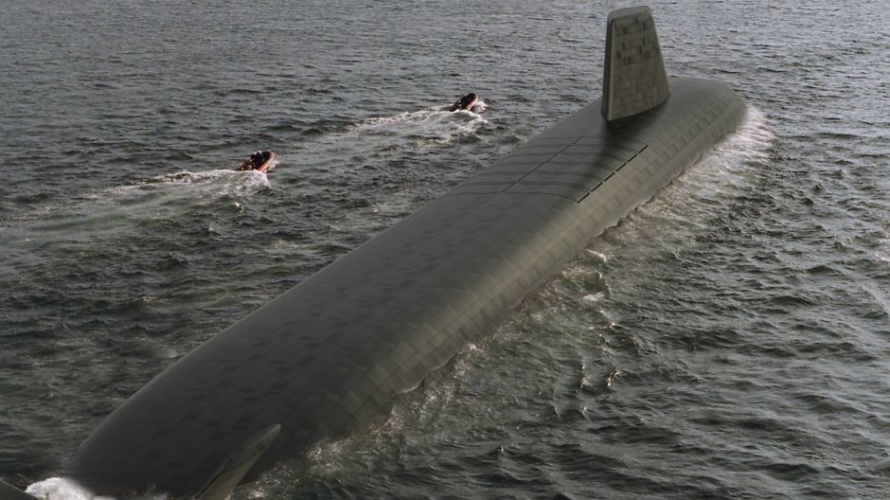
Similar to fly-by-wire controls for aircraft, BAE’s engineers are developing the Active Vehicle Control Management (AVCM) system that will control the heading, pitch, depth and buoyancy of the four Dreadnought class boats.
Trident submarines to carry one of Royal Navy’s most famous names
Dreadnought contract secures skills at Thales
The innovation has been developed in Rochester, Kent, with engineers in the Electronic Systems business working with colleagues across the company’s Maritime and Air sectors.
Jon Tucker, director for maritime controls at BAE Systems Rochester, said: “With over 50 years of avionics experience, we already have a great understanding of how to develop complex, control systems for hi-tech platforms. However, taking our technology underwater brings exciting new challenges and we are proud to support the Dreadnought programme and play an important part in our national security effort.”
Work has already begun on the programme, which is supporting over 130 positions in Rochester, with more recruitment expected. The programme is one of the largest developmental projects taking place at the Rochester site where new investment has been made into new labs and workspaces.
According to BAE, the project marks the first time that major Royal Navy work has taken place in the Medway Towns since the Chatham Dockyard closure over 25 years ago. Once synonymous with manufacturing ships and submarines, the dockyard built its last submarine for the Royal Navy - HMS Ocelot – in 1962.
The company estimates the Dreadnought programme will support 30,000 jobs across the country, with nearly half being fulfilled in north west England. Working with partners Rolls-Royce and the Submarine Delivery Agency as part of the Dreadnought Alliance, BAE Systems predicts it will spend around £7.5bn with 1,500 supply chain companies over the life of the programme across the whole of the UK.
Dreadnought class boats are expected to enter service from the early 2030s. Work on the first two boats is underway at BAE Systems’ shipyard in Barrow-in-Furness, Cumbria.




IEA report claims batteries are ‘changing the game’
Oh I don't know. The typical waiting time outside of A&E for admitting patients would give them plenty of time to recharge … ?